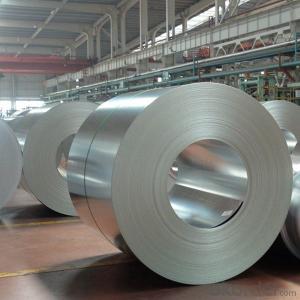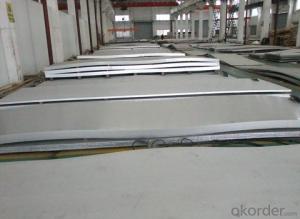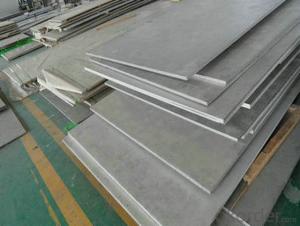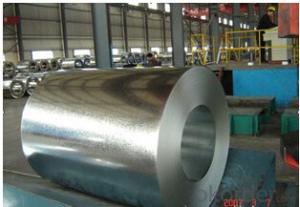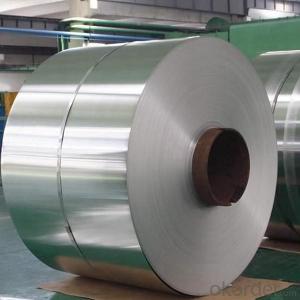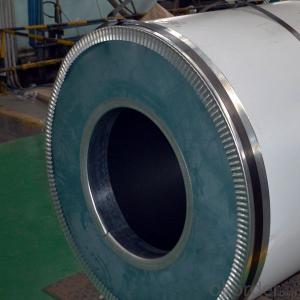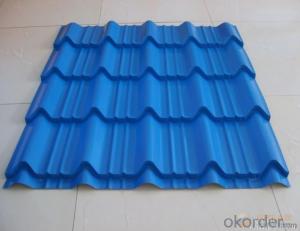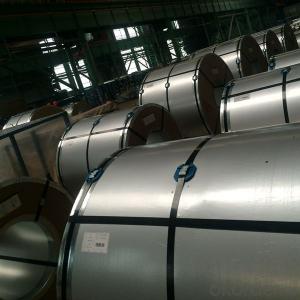Stainless Steel Coils 304 Made In China Good Quality
- Loading Port:
- Tianjin
- Payment Terms:
- TT OR LC
- Min Order Qty:
- 25 m.t.
- Supply Capability:
- 20000 m.t./month
OKorder Service Pledge
OKorder Financial Service
You Might Also Like
Specification
Products Description for Stainless Steel Coils/Sheets:
Type | Stainless Steel Coil /Cold rolled Steel Coils |
Thinckness | 0.23mm-0.8mm |
Diameter | 115mm-560mm |
Quantity | as customer's requirement |
Finish | 2B,BA,HL,MIRROR,NO.1-NO.4,8K,and so on. |
Standard | ASME, ASTM, EN ,BS,GB,DIN, JIS etc |
Material | 201,202, 301,304,410,430,409 |
Application range | Foodstuff, Gas, metallurgy, biology, electron, chemical, petroleum, boiler, nuclear energy, Medical equipment, fertilizer etc |
Package | Standard export sea-worthy packing |
Delivery time | 7-15 days |
Quality | Primary |
Productivity | 3000-4000 tons/month |
Note | We can produce other standard as the customers’ requirement |
Features of Stainless Steel Coils
(1)Good ductility
(2)Good corrosion resistance
(3)Excellent abrasion resistance and fatigue strength
(4)Good weldability
(5)Oxidation resistant performance
(6)Excellent in high temperature
Packaging & Delivery for Stainless Steel Coils/Sheets:
Packaging Detail Standard export packing or following customer's demand
Delivery Time: Within 30-40 days after deposit or according to the order quantity
Detail picture for Stainless Steel Coils/Sheets
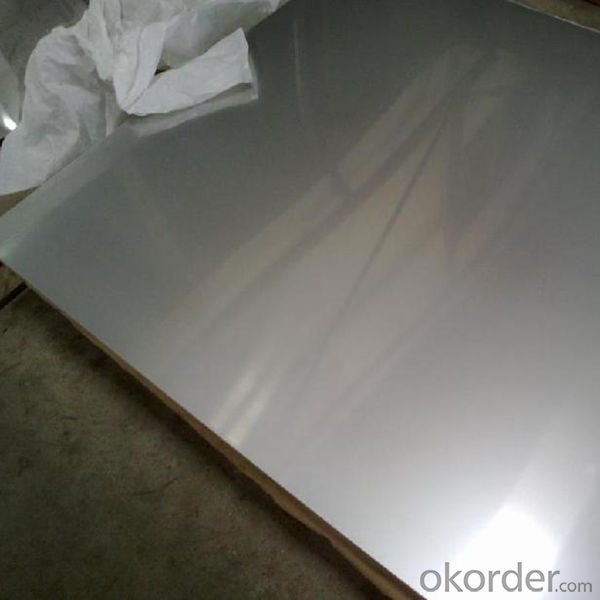
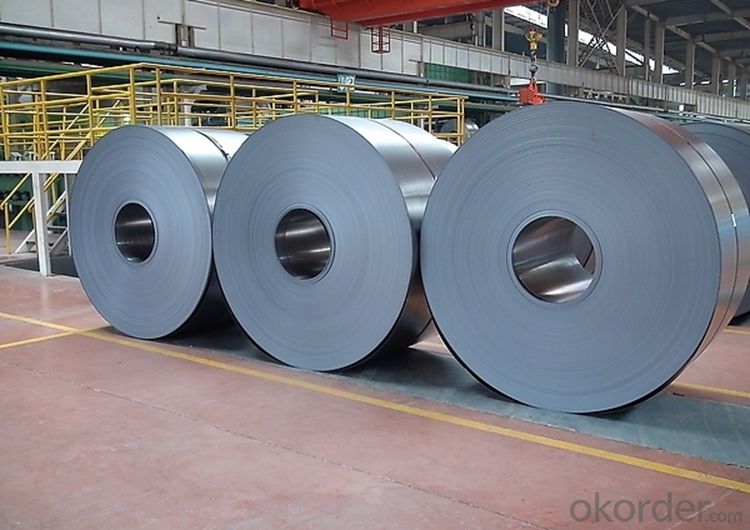
Application of Stainless Steel Coils
(1)Boiler heat exchanger,
(2)Chemical industries,
(3)Hardware fields,
(4)Construction material,
(5)Kitchen utensils,
(6)Building construction,
(7)Medical equipment,
(8)Chemical tank,
(9)Pipe etc
FAQ for Stainless Steel Coils/Sheets:
Q:How to order?
A: Please send us your purchase order by email or fax .or you can ask us to send you a proforma invoice for your order .We need to know the following information for your order.
1) Shipping information-company name, street address, phone number, fax number, destination sea port
2) Product information – Quantity, Specification (steel type, thickness, width, surface finish)
3) Delivery time required
4) Forwarder's contact details if there's any in China
FAQ for Stainless Steel Coils/Sheets:
Q:What are the advantages of your company ?
A: We have many professionals, technical personnel, more competitive prices and best after-dales service than other stainless steel companies.
Q:Can you arrange the shipment ?
A: Sure we can help you with the shipment. We have forwarders who have cooperated with us for many years.
- Q: What are the benefits of using textured stainless steel sheets in decorative lighting fixtures?
- Using textured stainless steel sheets in decorative lighting fixtures offers several advantages. To begin with, these sheets bring a unique and visually appealing element to the fixture. The texture adds depth and dimension, making it a standout feature that captures attention in any space. Whether it's a hammered, brushed, or embossed texture, it adds elegance and sophistication to the overall design. Moreover, stainless steel is highly durable and long-lasting. It resists corrosion, rust, and damage caused by moisture or humidity, making it ideal for lighting fixtures, especially in outdoor or high-moisture environments. The textured surface also helps conceal any potential scratches or marks that may occur over time, ensuring a consistently attractive appearance. Additionally, stainless steel is easy to clean and maintain. The smooth surface of the textured sheets allows for effortless removal of dirt, fingerprints, and smudges, keeping the lighting fixture looking polished and clean. Furthermore, stainless steel boasts excellent light reflectivity properties. The textured surface enhances the dispersion of light, creating captivating patterns and shadows. This contributes to a unique ambiance in the surrounding area and produces visually stunning effects. Lastly, stainless steel is a sustainable and eco-friendly material. It is 100% recyclable, making it an environmentally responsible choice for lighting fixtures. By utilizing textured stainless steel sheets, we can help reduce our carbon footprint and contribute to a greener future. In conclusion, the numerous benefits of using textured stainless steel sheets in decorative lighting fixtures include adding a visually appealing element, durability and longevity, ease of cleaning and maintenance, excellent light reflectivity properties, and environmental friendliness. These advantages make textured stainless steel sheets an excellent choice for creating stunning and sustainable lighting fixtures.
- Q: What does "80 wire" stainless steel plate mean? How much more expensive than the average stainless steel plate?
- Stainless steel terminology, the general thickness of C to calculate the negative difference, the 1 C is 0.01MM, so 80C is 0.8MM. 0.8MM thick stainless steel with different thickness, different prices, generally about Yuegui thin.
- Q: Can stainless steel sheets be used for elevator doors or panels?
- Indeed, elevator doors or panels can make use of stainless steel sheets. The utilization of stainless steel in elevator construction is widespread owing to its endurance, robustness, and pleasing appearance. Its resistance to corrosion is vital for elevator doors and panels exposed to diverse environmental circumstances. The adaptability and ease with which stainless steel sheets can be shaped and crafted make them readily customizable to meet the distinct design prerequisites of elevator doors and panels. Furthermore, stainless steel's effortless cleanliness and maintenance contribute to its popularity as a preferred option for heavily trafficked regions such as elevators.
- Q: Are stainless steel sheets suitable for decorative applications?
- Yes, stainless steel sheets are suitable for decorative applications. They have a sleek and modern appearance that can enhance the aesthetics of various spaces. Additionally, stainless steel is resistant to corrosion and staining, making it durable and long-lasting, even in decorative settings.
- Q: Can stainless steel sheets be used for escalator cladding?
- Yes, stainless steel sheets can be used for escalator cladding. Stainless steel is a durable and corrosion-resistant material that can withstand the daily wear and tear of escalator usage. It provides a sleek and modern appearance while also offering protection and easy maintenance.
- Q: Are stainless steel sheets suitable for architectural wire mesh?
- Architectural wire mesh benefits greatly from the use of stainless steel sheets. This material is a popular choice in architectural applications because of its many advantageous properties. Firstly, stainless steel is exceptionally durable and resistant to corrosion, making it perfect for both indoor and outdoor use over long periods of time. This corrosion resistance is particularly important for architectural wire mesh, as it ensures the material will maintain its integrity and appearance over time. In addition to this, stainless steel sheets offer excellent strength and stability, making them capable of withstanding the various stresses and strains that architectural wire mesh may encounter. This is crucial in applications where the mesh needs to support structural loads or provide security. Furthermore, stainless steel comes in different grades, allowing for customization to meet specific project requirements in terms of strength and flexibility. Stainless steel sheets also have a significant aesthetic appeal. Their sleek and modern appearance complements contemporary architectural designs and adds an elegant touch to any space. Moreover, stainless steel can be finished in different ways, such as brushed, polished, or coated, to achieve the desired visual effect. Lastly, stainless steel is a sustainable choice for architectural wire mesh. It is 100% recyclable, reducing environmental impact and supporting green building initiatives. Additionally, its long lifespan and low maintenance requirements contribute to its sustainability, minimizing the need for frequent replacements or repairs. In conclusion, stainless steel sheets are highly suitable for architectural wire mesh due to their durability, corrosion resistance, strength, aesthetic appeal, and sustainability. Architects and designers prefer them for their versatility in meeting various project requirements and their ability to create visually stunning and functional wire mesh installations.
- Q: Are stainless steel sheets suitable for brewery equipment?
- Brewery equipment greatly benefits from the use of stainless steel sheets. This material is highly preferred in the brewing industry because of its numerous advantageous properties. Firstly, stainless steel is resistant to corrosion, making it an ideal choice for equipment that comes into contact with liquids and chemicals used throughout the brewing process. Its corrosion resistance plays a crucial role in preserving the quality and purity of the beer being brewed. Moreover, stainless steel is exceptionally easy to clean and sanitize, which is of utmost importance in maintaining hygiene standards within a brewery. Being non-porous, it does not absorb or retain odors, flavors, or bacteria, thus ensuring that the beer remains uncontaminated during production. Additionally, stainless steel boasts a smooth surface, preventing the accumulation of bacteria or other contaminants that could potentially compromise the quality of the beer. Furthermore, stainless steel exhibits remarkable durability and longevity, making it capable of withstanding the demanding conditions of a brewery environment, such as high temperatures, moisture, and constant usage. This durability guarantees that brewery equipment crafted from stainless steel sheets will have an extended lifespan, reducing the need for frequent replacement or repairs. All in all, stainless steel sheets serve as an outstanding choice for brewery equipment due to their corrosion resistance, ease of cleaning, sanitation properties, and durability. Utilizing stainless steel in brewery equipment significantly contributes to maintaining the quality and purity of the beer, thereby ensuring an enhanced end product for consumers.
- Q: Can stainless steel sheets be used for roofing or cladding?
- Yes, stainless steel sheets can be used for roofing or cladding as they offer durability, corrosion resistance, and a sleek aesthetic.
- Q: Stainless steel plate laser cutting how to charge?
- The price is usually calculated according to the circumference of the material, the different thickness and the length of the process. For example, 1mm's stainless steel 304 product total Zhou Changwei 1m, its processing price is 3 yuan, multiplied by 1m is equal to 3 yuan. Plus the product (holes multiplied by 0.3 yuan).
- Q: How do you determine the best thickness of stainless steel sheet for a specific application?
- To determine the best thickness of stainless steel sheet for a specific application, several factors need to be considered. These factors include the required strength, durability, and corrosion resistance for the application, as well as any weight or cost limitations. It is also crucial to analyze the mechanical and chemical properties of the stainless steel and evaluate its compatibility with the intended environment and potential stress factors. Engineering calculations, industry standards, and consultation with material experts or engineers can help in making an informed decision about the appropriate thickness for the stainless steel sheet.
Send your message to us
Stainless Steel Coils 304 Made In China Good Quality
- Loading Port:
- Tianjin
- Payment Terms:
- TT OR LC
- Min Order Qty:
- 25 m.t.
- Supply Capability:
- 20000 m.t./month
OKorder Service Pledge
OKorder Financial Service
Similar products
Hot products
Hot Searches
Related keywords
